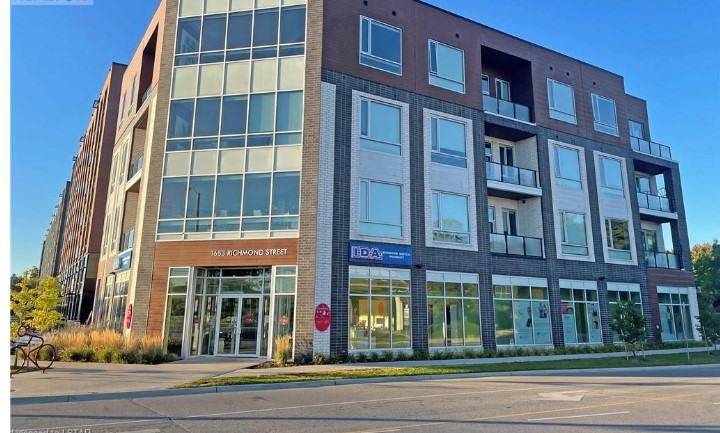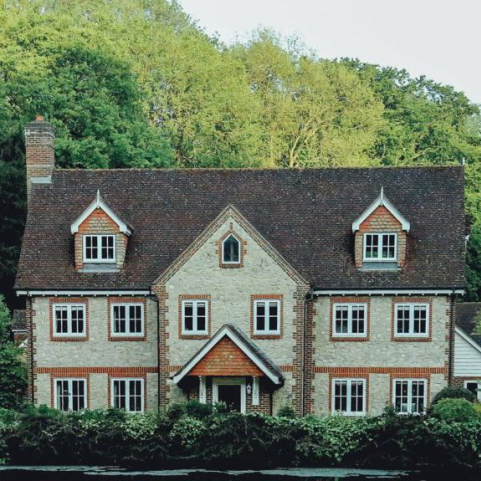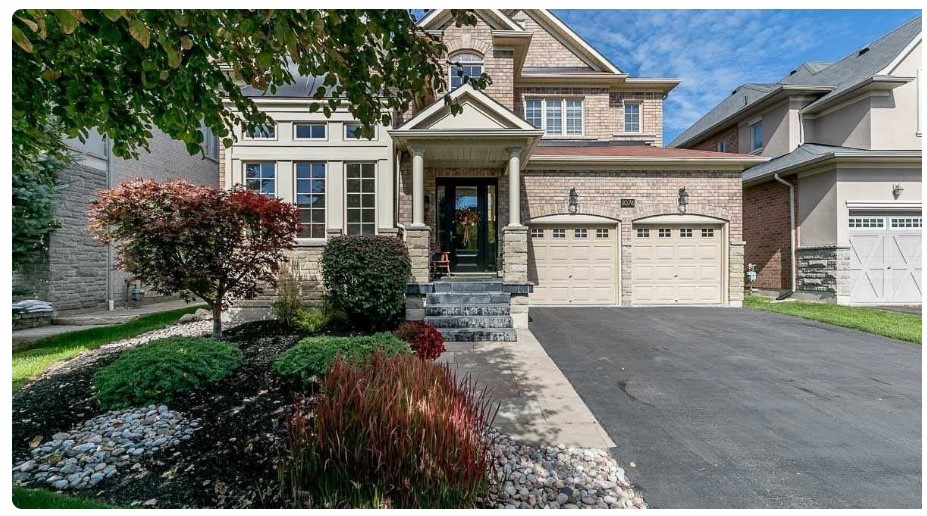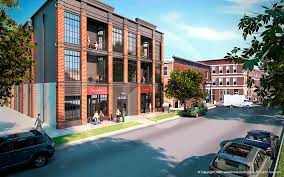

Is Bigger Always Better? Which Rental Properties for Sale Are Right for You?
Overview of Single-Family Rental Properties
Single-family rental properties for sale refer to standalone homes designed for one family. These properties typically include multiple bedrooms, bathrooms, and living spaces. Their primary appeal lies in the privacy and homely atmosphere they provide, which attracts families and long-term tenants seeking stability. Single-family homes are often viewed as desirable by tenants who prioritize a comfortable living environment with minimal disturbances, making them an attractive option for investors focused on steady income generation. Single-family rental properties offer several advantages. One of the most significant benefits is the stability they provide, as these homes tend to attract long-term tenants, particularly families looking for secure living arrangements. This often results in longer lease agreements, ensuring a consistent income stream for property owners. Additionally, managing a single-family property is generally simpler than handling multiple units. With only one tenant or family to coordinate with, landlords can address maintenance issues and tenant concerns more efficiently, reducing the overall effort required. According to <a href="https://www.cibc.com/en/personal-banking/smart-advice/buying-or-renting-a-home/types-of-rental-properties.html">CIBC</a> , single-family properties are often easier to manage, making them ideal for investors seeking a more hands-off approach. Another advantage of single-family homes is their potential for appreciation. Historically, these properties have shown strong appreciation rates, meaning investors can benefit from increased property values over time. This can enhance the overall return on investment. Furthermore, the single-family market often experiences less competition compared to multi-family properties, creating opportunities for investors to find better deals and face less pressure when purchasing rental properties.

Disadvantages of Single-Family Rentals
However, single-family rental properties are not without their disadvantages. One of the primary risks is vacancy. If a tenant vacates, the landlord loses 100% of the rental income until a new tenant is found. This can put a strain on cash flow, particularly if repairs or renovations are needed before re-renting the property. Additionally, single-family homes generally offer lower rental income compared to multi-family properties, which can limit cash flow and overall profitability, especially in competitive markets. Another challenge is that single-family homes are more sensitive to market fluctuations. Changes in the housing market can impact rental rates and demand, which may affect the stability of income.

Overview of Multi-Family Rental Properties
Multi-family rental properties for sale consist of buildings with multiple units, such as duplexes, triplexes, or apartment complexes. These properties accommodate several tenants simultaneously, providing opportunities for diversified income streams. Multi-family properties are often favored by investors looking for higher rental revenue and the ability to generate income from multiple sources at once. One of the main advantages of multi-family rental properties is their higher income potential. With multiple units generating rental income, investors can significantly increase their overall rental revenue compared to single-family homes. Multi-family properties also offer the benefit of economies of scale. As the number of units managed increases, certain costs, such as maintenance and repairs, may decrease on a per-unit basis. This cost efficiency is particularly appealing for investors seeking to maximize their returns. According to <a href="https://www.cibc.com/en/personal-banking/smart-advice/buying-or-renting-a-home/types-of-rental-properties.html">CIBC</a> , managing multiple units can reduce costs for investors, making multi-family properties an attractive option for those looking to scale their investments. Another benefit of multi-family properties is the diversification of income streams. If one unit becomes vacant, the investor still receives income from the other units, reducing the risk associated with total vacancy. This stability can be particularly appealing for long-term investment strategies. In urban areas, multi-family properties are often in high demand due to housing shortages and growing populations, further increasing their appeal.

Disadvantages of Multi-Family Rentals
Despite their advantages, multi-family rental properties come with certain challenges. Managing a multi-family property can be more complex than overseeing a single-family home. Investors must coordinate multiple leases and address a variety of tenant issues simultaneously, which can be time-consuming and require a higher level of involvement. Additionally, multi-family properties generally have a higher initial purchase price, which can strain an investor’s cash flow. Careful evaluation of financing options is essential before investing in multi-family properties. Tenant turnover is another consideration, as these properties may experience higher turnover rates, leading to increased costs for marketing and tenant screening.
